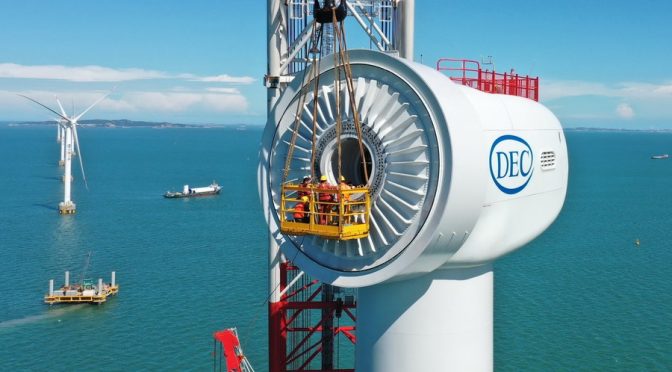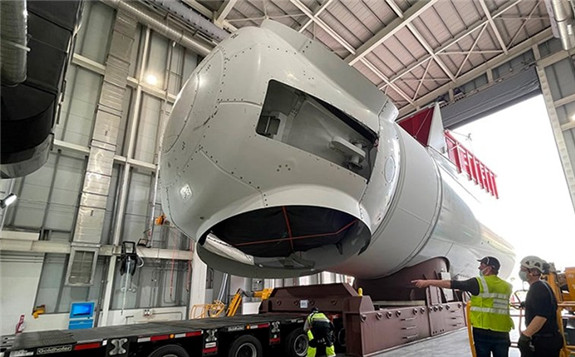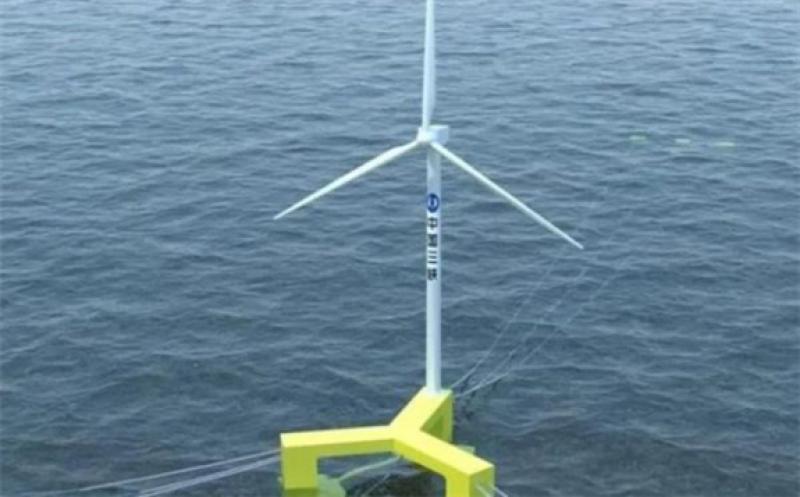From giants like Amazon to start-ups, companies are backing battery recycling and are in a race to find the most efficient and cost-effective way to extract as much valuable metal components from EV batteries as possible.
EVs could become a valuable secondary source of key battery metals and potentially reduce the need for, for example, sourcing more and more cobalt from the Democratic Republic of Congo, which holds most of the world’s reserves but which is known for using child labor and unsustainable mining practices.
The growing demand for clean energy and transport electrification will need as much as $1 trillion in investment in lithium, nickel, cobalt, copper, and aluminum by 2035, according to Wood Mackenzie. In other words, the world will need nearly twice as much investment in critical energy-transition minerals over the next 15 years as it has invested over the past 15 years.
The growing sales of EVs in the coming years will not only need more key minerals, but it will also create tons of waste in the form of used EV batteries.
Companies are already working to solve the recycling problem of the EV industry, aiming to create circular supply chains. But they face the challenges typical to a new industry—how to scale up and how to make profits.
Start-ups and research labs are testing various methods to find out which type of recycling would recover the most materials at a somewhat reasonable cost. The challenge in recycling also lies in the fact that the current designs of EV battery packs are not created with easy disassembling and recycling in mind.
Despite those challenges, recycling start-ups and ventures are making progress in technologies and are raising money to expand their activities.
For example, Redwood Materials, set up by Tesla co-founder JB Straubel in 2017, can recover over 80 percent of the lithium and 95 percent to 98 percent of the cobalt, nickel, aluminum, and graphite content of an EV battery, a spokesperson told CNBC.
Amazon is backing Nevada-based Redwood Materials as part of its $2-billion Climate Pledge Fund, which has also invested in Rivian.
With Redwood Materials, Amazon is developing and commercializing a full process and suite of technologies for recycling end-of-life Lithium-ion batteries and e-waste into high-value metals and chemicals. Redwood Materials will also help Amazon to recycle EV batteries and other lithium batteries from other parts of Amazon’s businesses and reuse their components.
Another battery recycling firm in the U.S., Li-Cycle, said earlier this month that its new facility in Rochester, New York, is now fully operational and has the capacity to process up to 5,000 tons of spent lithium-ion batteries per year, which brings Li-Cycle’s total recycling capacity to 10,000 tons/year at its two North American facilities.
In Europe, battery cell maker Northvolt, which has BMW and Volkswagen as customers, raised in September $600 million in equity to invest in capacity expansion, R&D, and a giga-scale lithium-ion battery recycling facility next to the Northvolt Ett gigafactory in Sweden, which is expected to begin battery production in 2021. Northvolt aims for 50 percent of raw materials coming from recycled batteries by 2030.
Regulation could also help the battery recycling industry.
The European Commission, for example, proposed last week new sustainable battery regulations to require that new batteries contain minimum levels of recycled content of cobalt, lead, lithium, and nickel, with those levels gradually increased in the coming decade.
The battery recycling industry is set for exponential growth, as the number of end-of-life batteries will rise sevenfold between 2020 and 2030, IHS Markit said in an analysis earlier this month.
“Battery recycling is a key enabling technology which will allow electric vehicles to maximize their sustainable credentials. In coming years recycled battery materials will enable EVs to be produced more sustainably, at a lower cost and reduced reliance on complex, international raw material supply chains,” said George Hilton, energy storage senior analyst, IHS Markit.
This article is reproduced at oilprice.com





